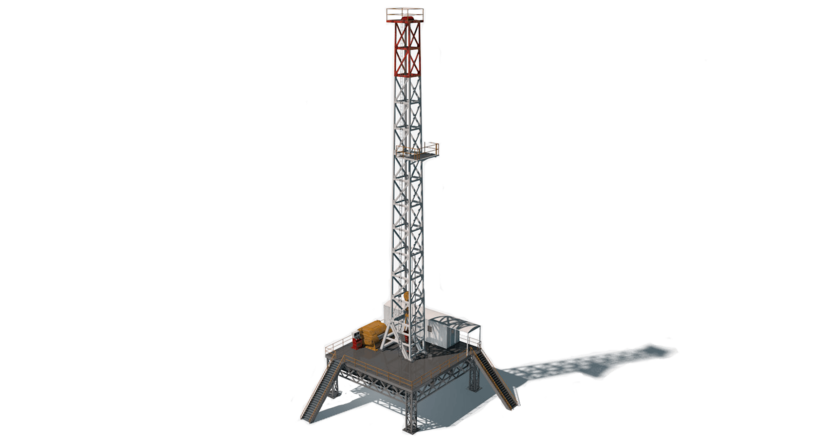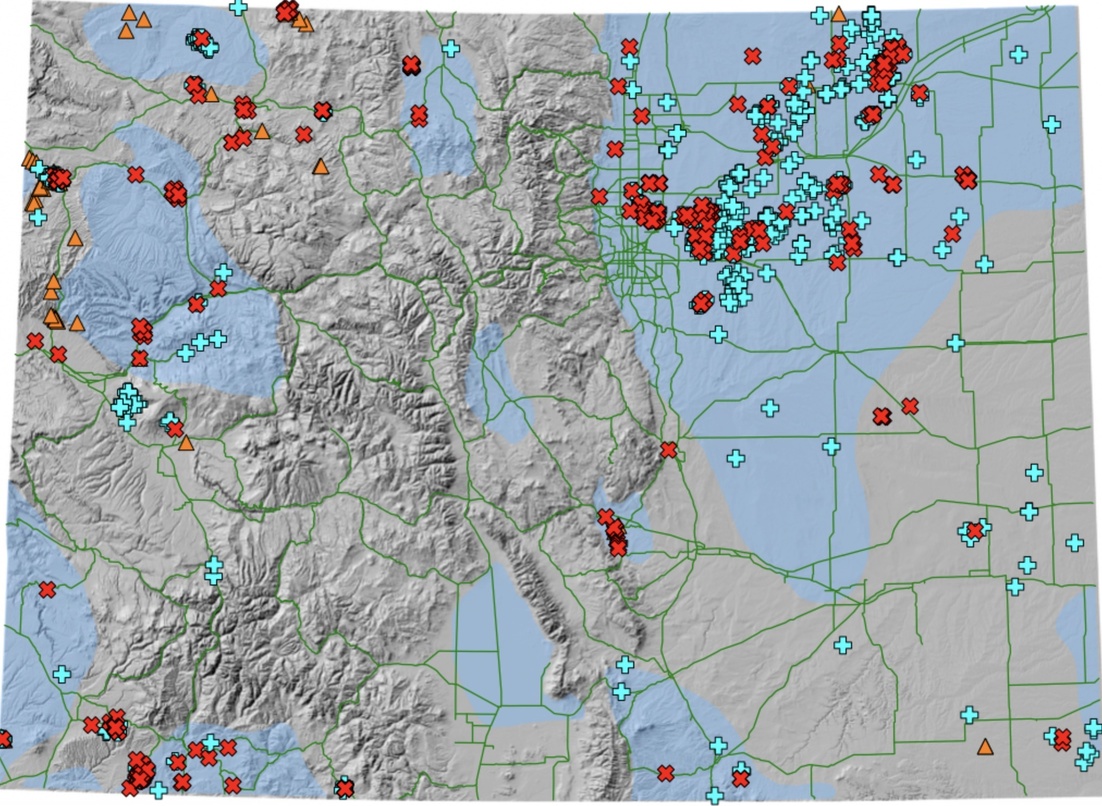Did you know...
While hydraulic fracturing, or fracking, has been in the news in recent years, the tehnology actually was first proposed in the 1940s.
The first viable well in Colorado was drilled in 1969 near Rifle. A 43-kiloton nuclear bomb was detonated nearly 8,500 feet below the surface to develop the well. It was part of the Plowshares Program -- an effort that focused on peaceful use of nuclear energy. Modern fracking doesn't employ bombs.




